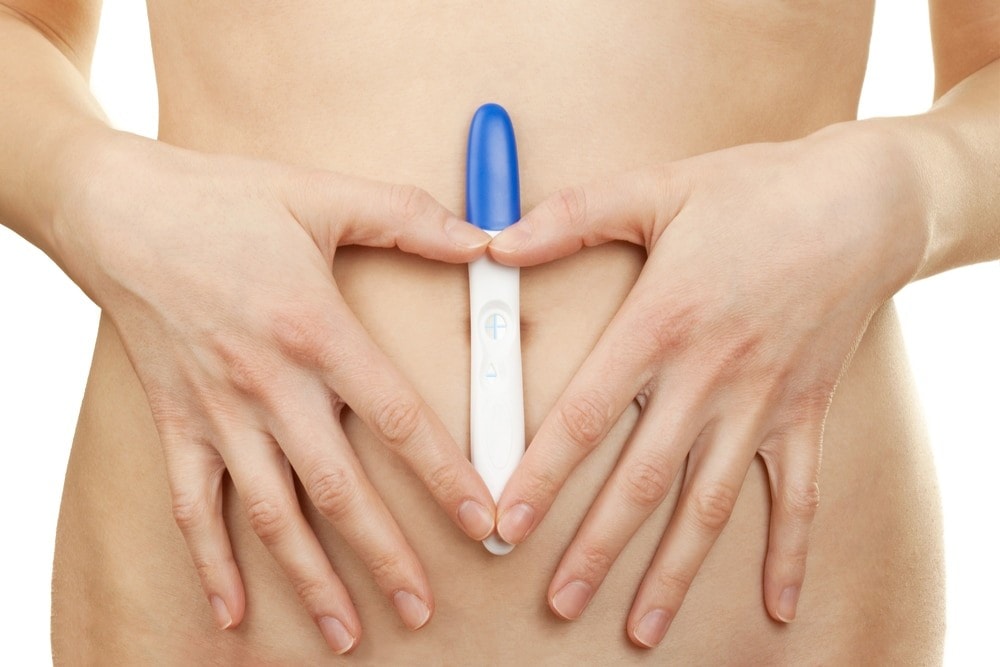What changes are occurring with your body at 15 Weeks Pregnant?
During pregnancy week 15 , the average weight gain at this point is about 5 pounds (2.27 kilograms). You may have gained a little more or a little less, which is completely normal. However, if it is significantly more or less, your doctor may want to discuss your diet at your next prenatal appointment. Changes in the shape of your abdomen may or may not be noticeable to others. You may be able to feel the top of your uterus four to five inches (10-12 centimeters) under your belly button.
Hopefully your first trimester symptoms are calming down and your appetite and energy levels are returning. If you are continuing to have nausea or vomiting, try some home remedies. If the nausea or vomiting is severe talk with your doctor about treatment options.
Week 15 of pregnancy can cause body aches and tingling sensations in the feet and hands. You will continue to gain weight and may notice that the skin around the nipples becomes darker. Hormonal changes may be causing you to experience sensitive teeth and gums as well as nosebleeds. Bloating and growing pains are also common at week 15.
Headaches can be common, and may be related to hormone changes in pregnancy. If you have headaches which are not relieved with Tylenol, fluids and rest, talk with your healthcare professional. Be sure to seek medical care if you are experiencing any visual changes.
Prenatal Care Visits
Between weeks 15 and 18, certain tests can be done to rule out congenital abnormalities. These include non-invasive blood tests as well as amniocentesis. While this is the usual period during which amniocentesis occurs, it can be carried out at any time after your first trimester.
This is a test that involves drawing out in an injection some of the amniotic fluid that surrounds a fetus. This can help make sure that a fetus has the correct number of chromosomes and is not affected by chromosomal abnormalities, such as Down’s syndrome and trisomy 13 and 18. Amniocentesis
Around three teaspoons (tbsp) of amniotic fluid is removed and tested. While amniocentesis does carry a risk of miscarriage, this is between 1 in every 500 and 1000 cases.
Genetic screening is often recommended in high-risk pregnancies, such as those in women over the age of 35 years. Your doctor will review with you the different blood tests available versus amniocentesis, and help you choose the option best for you.
How big is your baby at pregnancy week 15?
By the end of this week, your baby will be 4 ¾ inches (12 cm) long and weigh 2 ounces (57 grams).
What is happening with your baby?
Your baby’s skin is very thin, and the blood vessels can actually be seen through the skin. Your baby’s ears are continuing to develop externally and look more recognizable. Your baby’s eyes are moving towards the nose from the sides of the head. The baby’s bones are beginning to ossify, meaning that if an x-ray is taken, the skeleton would be visible. Babies at this age have also been seen sucking their thumbs on ultrasound pictures.
What should you plan for pregnancy week 15?
Your healthcare provider will begin measuring your fundus, or fundal height, at your prenatal appointments. This is the distance between the top of your pubic bone and the top of your uterus. Larger clinics where you are not ensured to see the same provider on a continual basis may chart this to measure growth. It can also give insight into the position of the baby. An elevated fundal height can indicate breech presentation, while a smaller fundal height can indicate a sideways position. An ultrasound or pelvic examination can confirm these.
Tips for making your pregnancy better
Many women have questions about sleeping positions during pregnancy. It is best to begin sleeping on your side. This is the most comfortable and healthy sleeping position. Sleeping on your back causes your uterus to place pressure on the aorta and inferior vena cava, which supplies blood to your lower body and the baby. Later in pregnancy, this can also make it more difficult to breathe. Sleeping on your stomach also places extra pressure on your uterus and should be avoided. The easiest way to begin sleeping on your side is to use several extra pillows or a pregnancy pillow. A Many women find placing pillows behind their backs and between their knees just as comfortable and less expensive.
Tips for mom’s partner
Does your partner need help to get to sleep at night and staying that way? Help her adjust her pillows so she can get comfortable. Offer to give her a foot rub or back massage right before bed so she is very relaxed and can fall asleep more easily. If you get up in the night or before her in the morning, be sensitive to her sleeping, and remember that it can take her a long time to fall back asleep if she is awoken.
Want to Know More?






